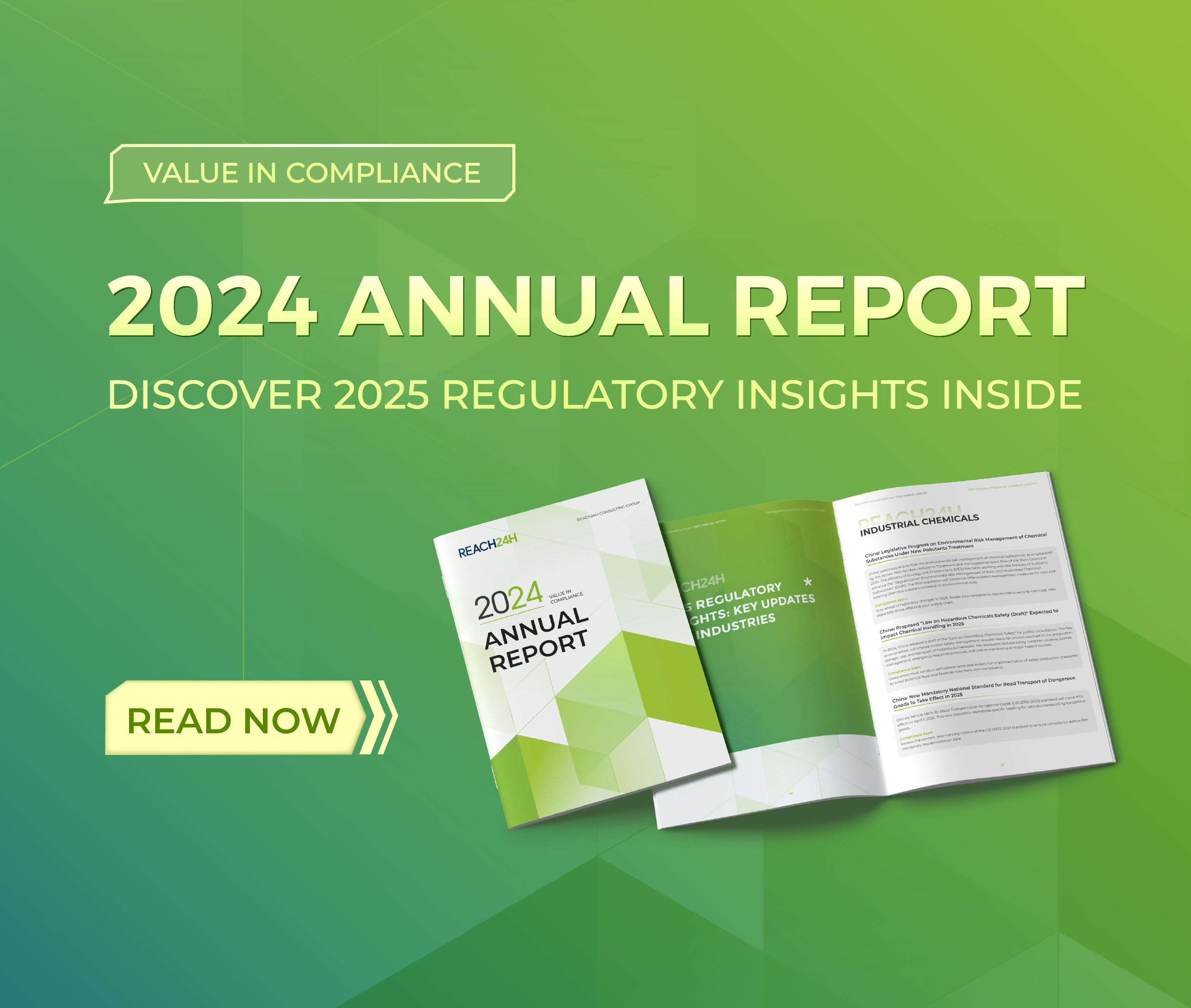China Unveiled Guidance on Rural Industrial Revitalization
The Guidance refer to an integration, extension, refinement and confirmation of China’s existing rural revitalization guidelines which offer a precise description of industrial segments, clear distribution of tasks and responsibilities across ministries/commissions, as well as the supply of financial, land and human resources, aimed at extending the value chain and improving the quality and efficiency of agriculture-related industries.
![]() On 17 Jun 2019, China’s State Council unveiled the guidance on rural industrial revitalization. This document is an integration, extension, refinement and confirmation of the past agriculture development policies, including precise definition on industrial segments, clear positioning on tasks and responsibilities across multiple ministries/commissions, as well as the supply of financial, land and human resources, aimed at extending the value chain and improving the quality and efficiency of agriculture-related industries.
On 17 Jun 2019, China’s State Council unveiled the guidance on rural industrial revitalization. This document is an integration, extension, refinement and confirmation of the past agriculture development policies, including precise definition on industrial segments, clear positioning on tasks and responsibilities across multiple ministries/commissions, as well as the supply of financial, land and human resources, aimed at extending the value chain and improving the quality and efficiency of agriculture-related industries.
China has enjoyed momentum in its rural development in recent years. Grain output has remained above 600 million tons for 7 consecutive years and the business income of agricultural product processing, rural tourism and agricultural production service sectors reached 14.9 trillion Yuan, 800 billion Yuan and 200 billion Yuan, respectively. E-commerce sales associated to the rural sector reached 1.3 trillion Yuan and 7.8 million jobs were created in the field. But these industrial segments are still at an early stage in terms of specialty, value chain and efficiency. The government plans to expedite the convergence among the primary, secondary and tertiary industries and create more employment in rural areas. Meanwhile, the GDP contributed by rural industrial convergence is expected to achieve substantial increase in the coming 5 to 10 years.
Rural Industrial Segments
The Rural industry features a series of characteristics in terms of value chain extension, profit excavation, employment optimization as well as revenue stream broadening, with 6 main segments later defined:
- Modern planting and farming– Mechanized planting, scaled hoggery, dairy, fishery and cash tree;
- Rural specialty business– Minor crop/special livestock farming, production of specialty foods, handicrafts and building materials and other rural-related business;
- Processing and circulation of agricultural products– Primary and further processing of agricultural products and relevant logistics and cold-chain business;
- Rural tourism– Agricultural leisure, homestay service, forest tourism and nursing home business;
- New-type agricultural service business– Agricultural input supplying, farmland trusteeship, pest prevention and treatment, crop harvesting and other agricultural-production-related business;
- Rural information industry– Collection of agricultural-related data and the construction of a digital system, e-commerce center, express and logistics zones;
Multi-department Task Distribution
China’s rural industrial revitalization is a massive project which involves industrial nurturing, economic planning and resource allocation. MoARA was designated to coordinate and mediate among dozens of ministries/commissions/bureau/offices such as NDRC, MIIT, NHC,MoC, MEE, MoF.
Departmental Work Assignment for Rural Industry Revitalization
|
Category |
Task |
Responsible Departments/ Central Organs |
|
Industrial nurturing |
Modern planting and farming |
|
| Rural specialty business |
|
|
| Processing and circulation of agricultural products |
|
|
| Rural tourism |
|
|
| New-type agricultural service business |
|
|
| Rural information industry |
|
|
| Regional- Spatial Layout | County-scale planning |
|
| Township industrial cluster driving |
|
|
| Town-village combined development |
|
|
| Support to poverty-alleviation Area |
|
|
| Industrial convergence | Enterprises fostering |
|
| Crossover integration |
|
|
| Industrial park/town construction |
|
|
| Benefit assignment |
|
Quality Enhancement and Green Development
As China has already developed its national strategy on revitalization through quality enhancement and sustainable development, the guiding opinion reiterated government focus on product/production standardization, agricultural branding and resource protection and utilization:
Green Standard-To speed up the enactment of national/industrial standards for agricultural inputs, agricultural product processing and new rural industries, as well as establish a unified market entry criteria for green agricultural products. China will also actively participate in the development/amendment of international standards to move towards the mutual acceptance of certifications on agricultural products with other countries, as well as to help more growers obtain an international quality certificate;
Agricultural Production Standardization– Farmers will be prevailed upon to upgrade their farmlands to standardized facilities and standardized agricultural production will be implemented countywide in all quality safety demonstrated counties. The quality and safety management of fertilizers, pesticides, veterinary drugs and feed will be further strengthened. The recycling of mulching films and agrochemical packages and healthful aquaculture will be a high priority. China hopes the building of product quality rating, treatability management and market entry criteria will help achieve the entire-supply-chain supervision;
Resource reservation and utilization– Land-, energy- and water-efficient industries will be prioritized and outd style=”border: 1px solid #505050;”ated production facilities, prohibited industries and polluting projects will no longer be allowed to relocate/construct in rural regions. The circular integration of agriculture-aquaculture and recycling of crop straws, livestock manures and other agricultural-related byproducts will be supported as a regular course or activity.
Resource Inputs
As far as China is concerned, the lack of financial invests has been perceived as a shortcoming that lies in the practices of rural development. The document found some innovative ideas in financial services:
- Deposits collected by county financial institutions should be preferred for rural industrial invests locally and flexible practices such as mortgage/collateral loan and referral services must be encouraged. Local governments will be allowed to collect special funds for technological innovations in rural industrial development.
- Industry and commerce capitals are regarded as important players bearing financial strength and the latest business ideas, which will be guided to improve livelihood and employment for rural populations by overcoming the “hard slog” and establishing long-value-chain enterprises.
About Rural Revitalization
Declined rural industries have become an indisputable fact since its Reform and Opening in 1990, followed by the demographic transition of young adults from rural to urban areas. It is estimated that if China completed its process of urbanization, there would be 400 million rural people living in poor and deserted villages, which would in turn pose a huge problem to China’s modernization strategy.
In 2017, China put forward a massive strategy of rural revitalization and transformed the agricultural development path from “Production Augment” to “Industrial Prosperity”, aimed to boom rural economy by creating new business models and an industrial system based on agricultural production and reduce the income gap between urban and rural residents. The strategy set goals based on the study of 5 areas including agricultural production, technological progress, agriculture labor productivity, output value and rural tourism:
- Agricultural production-To achieve a level of food supply security defined as “basically self-sufficient grains and completely safeguarded rations”. The overall cereal production should be maintained at 600 million tons per year;
- Agricultural technology progress-China will continue its investment in agricultural science and technology in the 5 coming years and the contribution ratio from technology progress will be 60% in 2020 and 61.5% in 2022;
- Agricultural labor productivity– increase to 47,000 Yuan per capita to 55,000 Yuan per capita;
- Economic contribution– The ratio between the value of agriculture product processing sector and the value of agricultural production will grow to 2.4 in 2020 and 2.5 in 2022;
- The scale of rural tourism– Rural tourist trips will be 2.8 billion people in 2020 and reach 3.2 billion people in 2022


